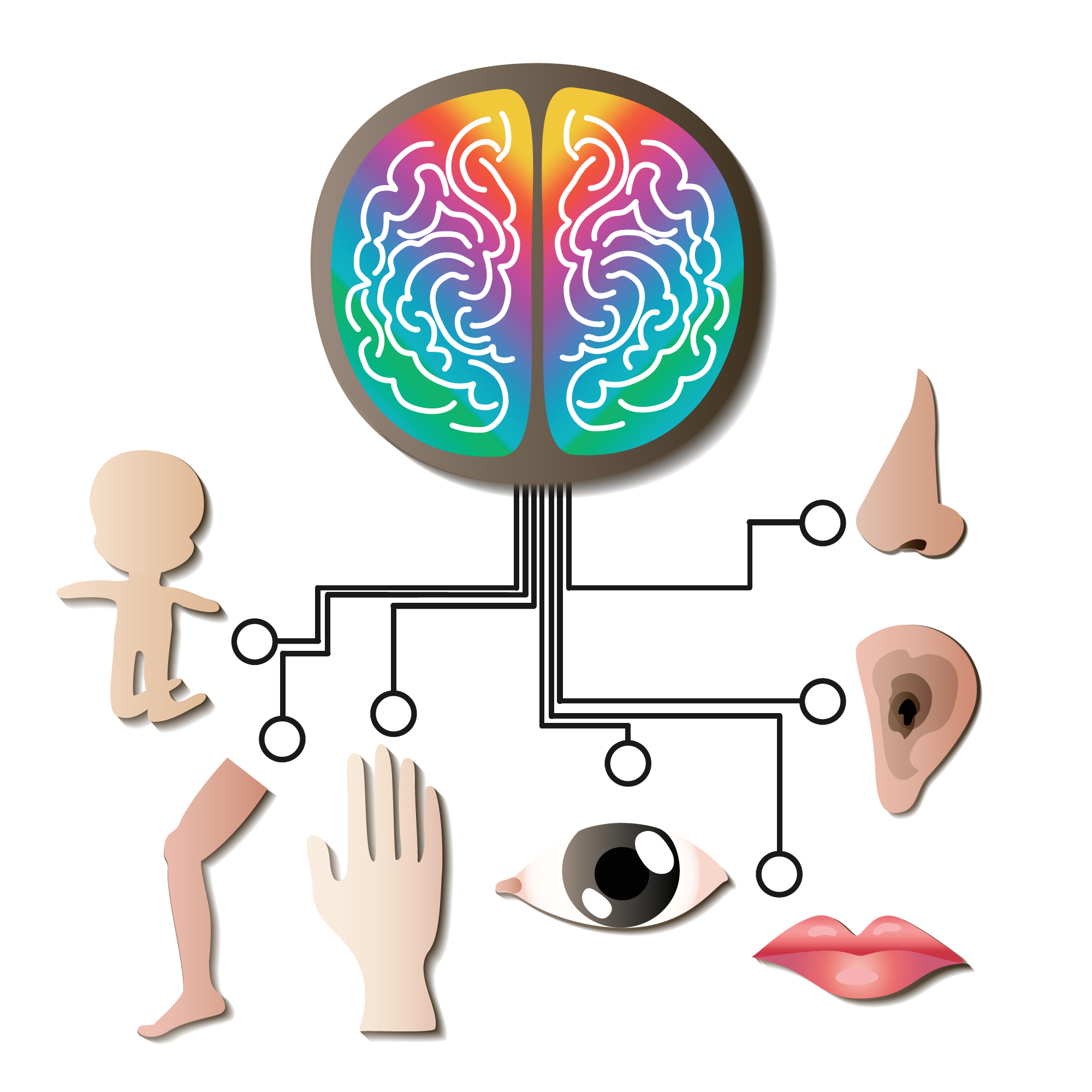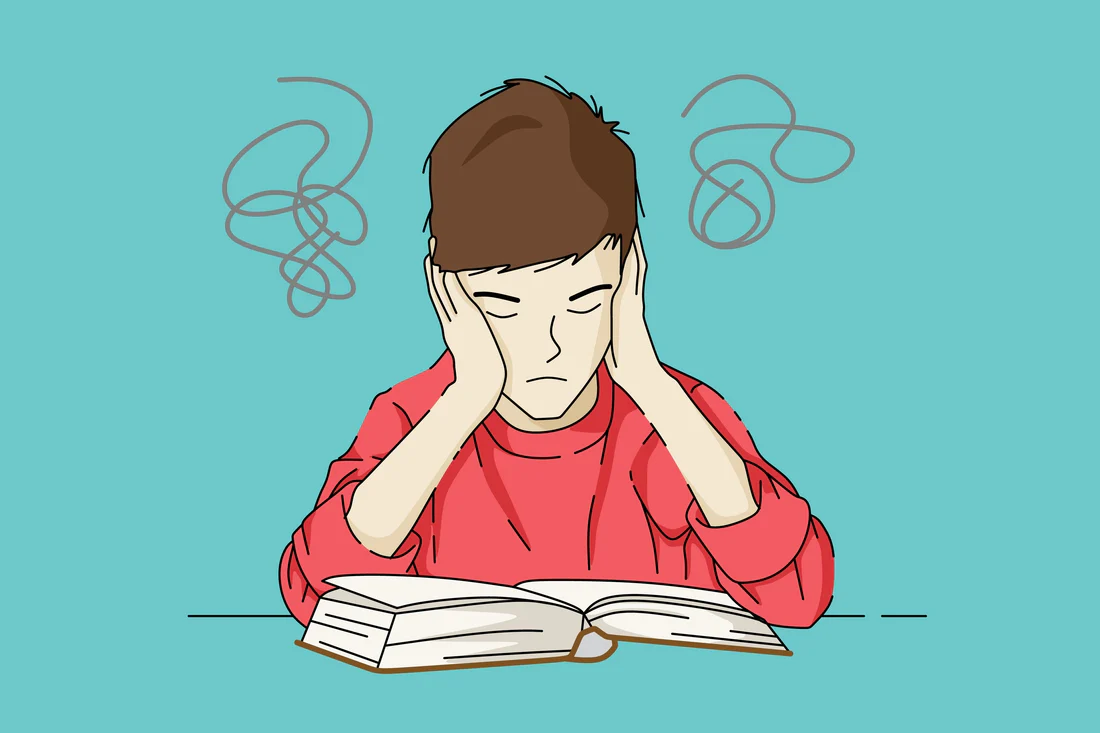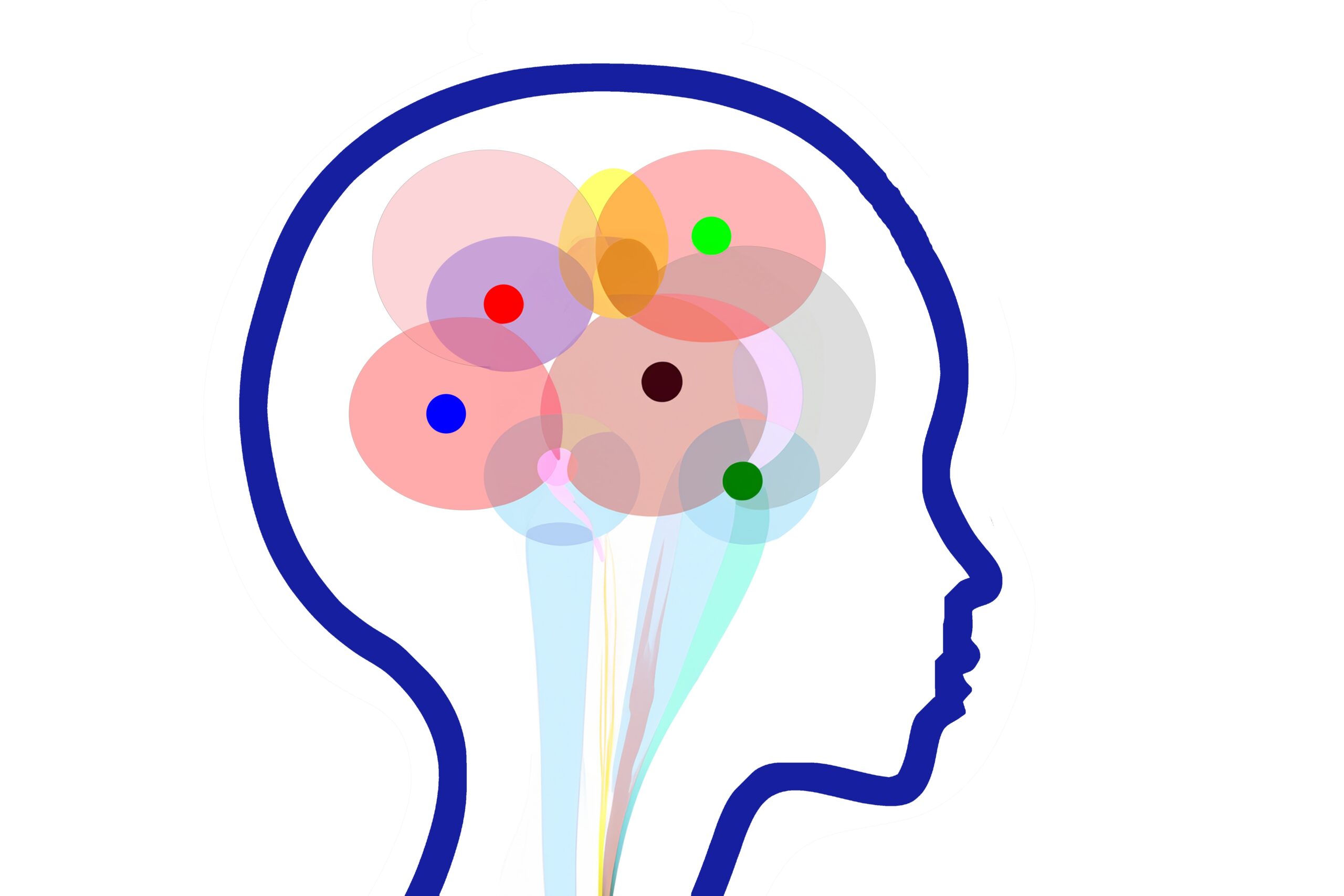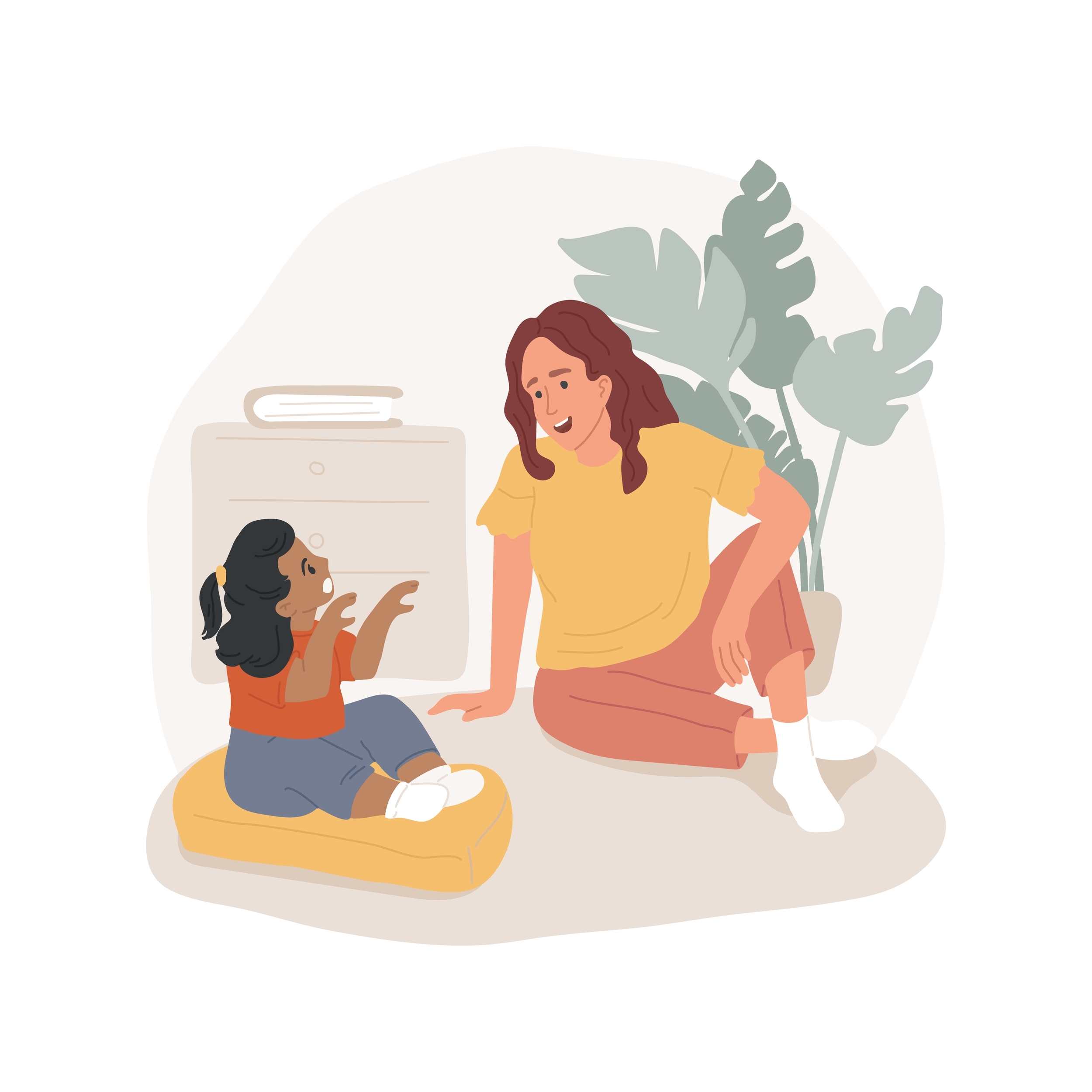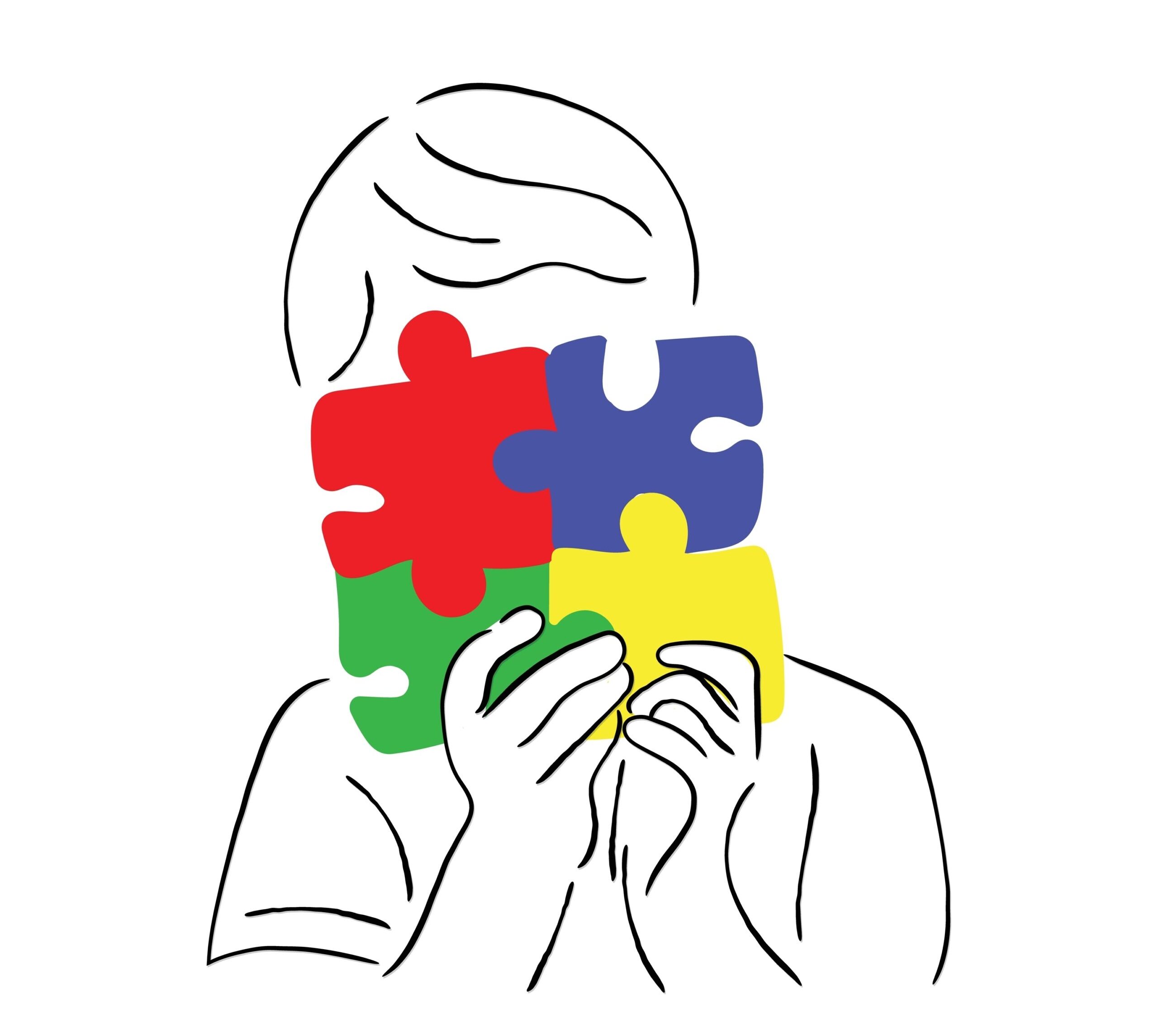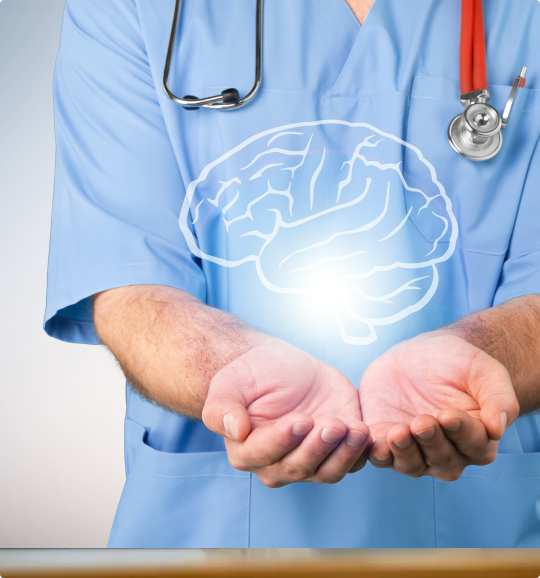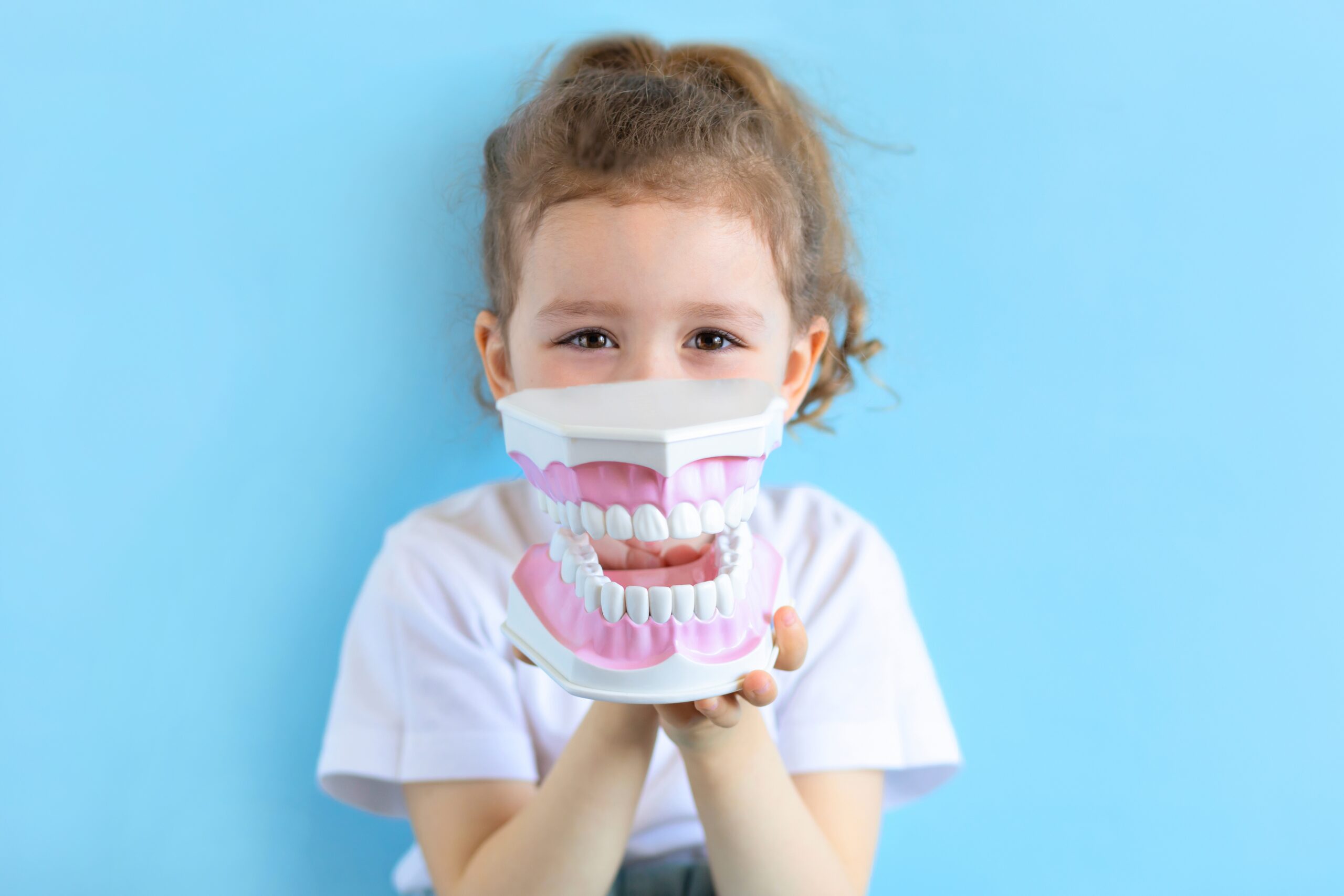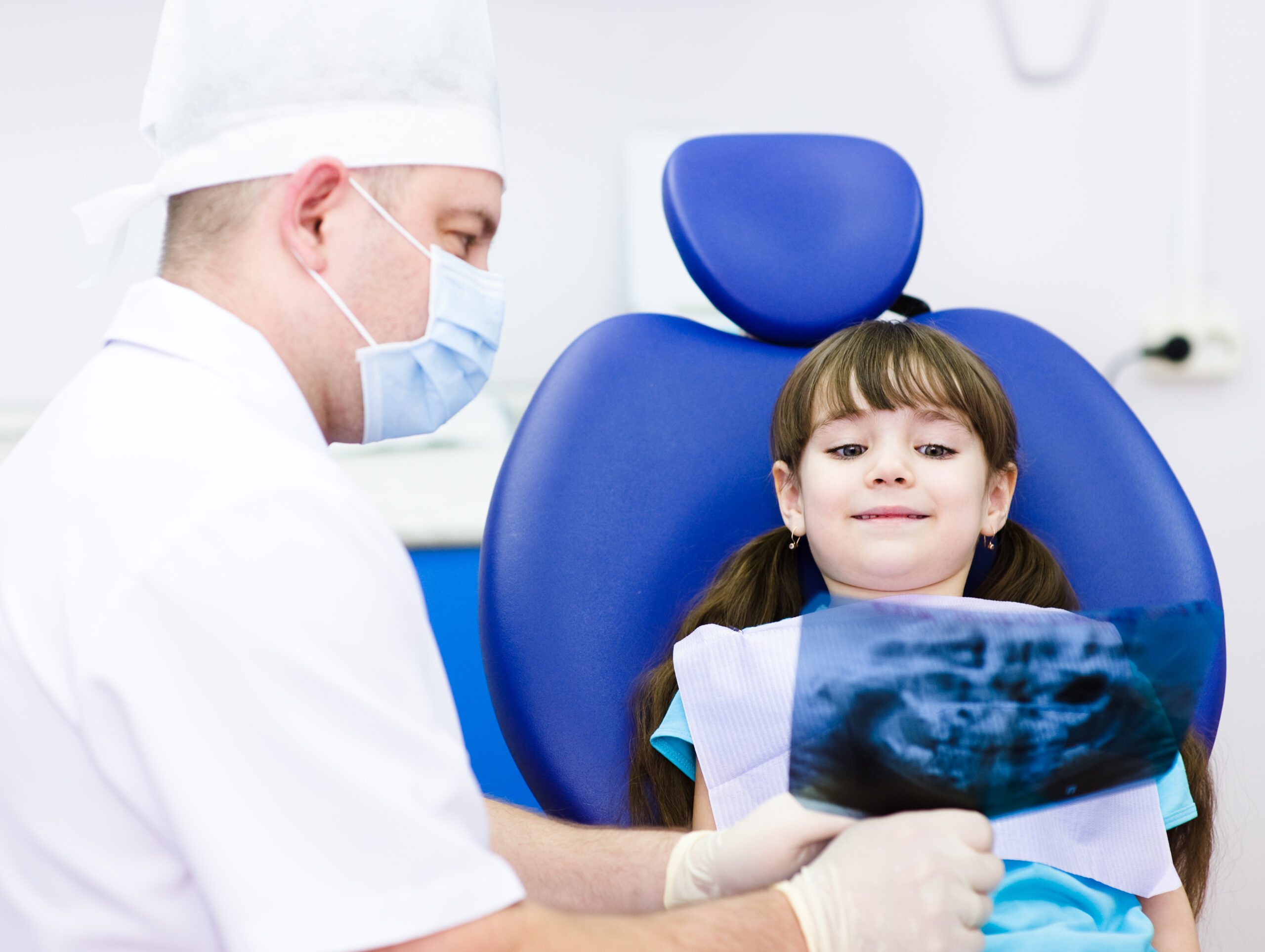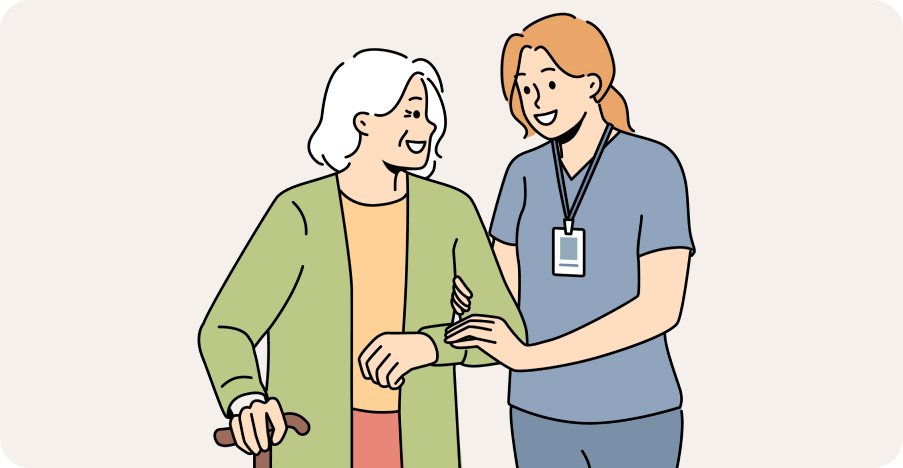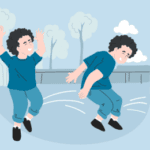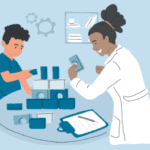
Autism
- Types of Autism Spectrum Disorder: Levels, Traits & Former Diagnoses Explained
- Asperger’s Syndrome: Signs, Diagnosis, and Support for Children, Teens & Adults
- What Is PDD-NOS? Understanding Pervasive Developmental Disorder–Not Otherwise Specified and Its Place on the Autism Spectrum
- Childhood Disintegrative Disorder (CDD): Symptoms, Diagnosis & Treatment Explained
- Rett Syndrome: Symptoms, Diagnosis, and Treatment Guide for Parents and Caregivers
- Nonverbal Autism: Causes, Signs, Communication Strategies & Treatment Options
- Sensory Processing and Autism: Understanding Sensitivities, Overload & Effective Therapies
- Classic Autism (Autistic Disorder): Signs, Diagnosis, and Treatment Before the DSM-5
- Fragile X Syndrome: Causes, Symptoms, Diagnosis, and Autism Link
- Atypical Autism (PDD-NOS): Symptoms, Diagnosis & Support Before DSM-5
- Low Functioning Autism (ASD Level 3): Symptoms, Support Needs, and Communication Challenges
- High-Functioning Autism (ASD Level 1): Symptoms, Traits, and Support Strategies

Neurodevelopmental Disorders & Learning Differences
- Dyslexia in Children: Symptoms, Causes & Best Therapies
- Dysgraphia in Children: Symptoms, Diagnosis & Treatment
- What Is Dyscalculia? Symptoms, Causes & Treatment
- Specific Learning Disorder with Impairment in Reading | Symptoms, Treatment & Therapists Near You
- Nonverbal Learning Disorder (NVLD): Symptoms, Causes & Therapies
- What Is Giftedness in Children? Signs, Support & Therapists
- Language Processing Disorder in Children: Signs, Therapy & Support
- Language Disorders in Children: Signs, Types & Therapy
- Delayed Speech in Children: Causes, Signs, and Therapy Options
- Executive Function Disorder in Children: Signs, Support & Therapy
- Apraxia of Speech in Children: Signs, Diagnosis & Therapy
- Understanding Intellectual Disability in Children: Signs, Support & Therapies
- What Is Twice-Exceptional (2e)? Signs, Challenges & Support for Gifted Children with Disabilities
- Global Developmental Delay (GDD)
Rett Syndrome: Symptoms, Diagnosis, and Treatment Guide for Parents and Caregivers

Authored by: The DrSensory Editorial Team
Reviewed by: 🛡️ DrSensory Clinical Review Board
Last updated: June 2025
What is Rett Syndrome and how does it affect children?
Rett Syndrome is a rare genetic neurological disorder that primarily affects girls, leading to severe cognitive, motor, and communication impairments. Children with Rett Syndrome typically develop normally for the first 6 to 18 months before experiencing a loss of purposeful hand skills, slowed growth, and challenges with walking, speech, and coordination. It is caused by mutations in the MECP2 gene and is classified as a developmental brain disorder rather than a form of autism.
What are the common signs and symptoms of Rett Syndrome?
The hallmark signs of Rett Syndrome include:
- Loss of purposeful hand use, replaced by repetitive hand-wringing or clapping
- Severe speech and language delays or loss
- Motor difficulties, such as problems with walking or coordination
- Slowed head growth (microcephaly)
- Breathing irregularities like hyperventilation or apnea
- Seizures and other neurological issues are also common.
Symptoms usually appear after an initial period of normal development, generally between 6 months and 2 years of age.
How is Rett Syndrome diagnosed?
Rett Syndrome diagnosis involves:
- Clinical evaluation of symptoms and developmental history
- Genetic testing to identify mutations in the MECP2 gene
- Neurological assessments and ruling out other developmental disorders
- Observation of characteristic behaviors like hand-wringing and loss of motor skills
Early diagnosis is essential to manage symptoms and provide therapies that improve quality of life.
What treatments and therapies are available for Rett Syndrome?
There is currently no cure for Rett Syndrome, but various treatments can help manage symptoms and support development:
- Physical, occupational, and speech therapy to maintain mobility and communication
- Medications to control seizures, muscle stiffness, and breathing problems
- Nutritional support to address feeding difficulties
- Emerging research focuses on gene therapy and targeted drug treatments
A multidisciplinary care team can create a personalized treatment plan to maximize independence and quality of life.
Was Rett Syndrome once classified as a form of autism?
Yes, Rett Syndrome was historically classified as part of the autism spectrum, especially before genetic testing clarified its unique cause. Early on, because of overlapping symptoms like loss of social engagement, speech delays, and repetitive behaviors, Rett Syndrome was often mistaken for or grouped under autistic disorders.
However, with advances in medical research, scientists discovered that Rett Syndrome is caused by mutations in the MECP2 gene, making it a distinct genetic neurological disorder rather than a form of autism. Today, Rett Syndrome is recognized separately but shares some behavioral features with autism spectrum disorders, which sometimes leads to diagnostic challenges.
This page provides general educational content and is not a substitute for professional medical advice. Always consult a licensed provider for diagnosis and treatment.
View privacy policy, copyright and trust info
More on Autism

- Types of Autism Spectrum Disorder: Levels, Traits & Former Diagnoses Explained
- Asperger’s Syndrome: Signs, Diagnosis, and Support for Children, Teens & Adults
- What Is PDD-NOS? Understanding Pervasive Developmental Disorder–Not Otherwise Specified and Its Place on the Autism Spectrum
- Childhood Disintegrative Disorder (CDD): Symptoms, Diagnosis & Treatment Explained
- Rett Syndrome: Symptoms, Diagnosis, and Treatment Guide for Parents and Caregivers
- Nonverbal Autism: Causes, Signs, Communication Strategies & Treatment Options
- Sensory Processing and Autism: Understanding Sensitivities, Overload & Effective Therapies
- Classic Autism (Autistic Disorder): Signs, Diagnosis, and Treatment Before the DSM-5
- Fragile X Syndrome: Causes, Symptoms, Diagnosis, and Autism Link
- Atypical Autism (PDD-NOS): Symptoms, Diagnosis & Support Before DSM-5
- Low Functioning Autism (ASD Level 3): Symptoms, Support Needs, and Communication Challenges
- High-Functioning Autism (ASD Level 1): Symptoms, Traits, and Support Strategies
Find a Therapist near you
Are you looking for a physical, occupational, or speech therapist in your area?
Look no further than the DrSensory Therapist Database and Clinic Directory!
Find a Therapist
Find the physical therapist, occupational therapist, or speech language pathologist you’re looking for!
Ask Us Anything
Whether you are looking for advice, have a general question about sensory processing, or looking for resources.
Submit Your Story
Share your story about your child. Let’s celebrate milestones and learn more about challenges.







































